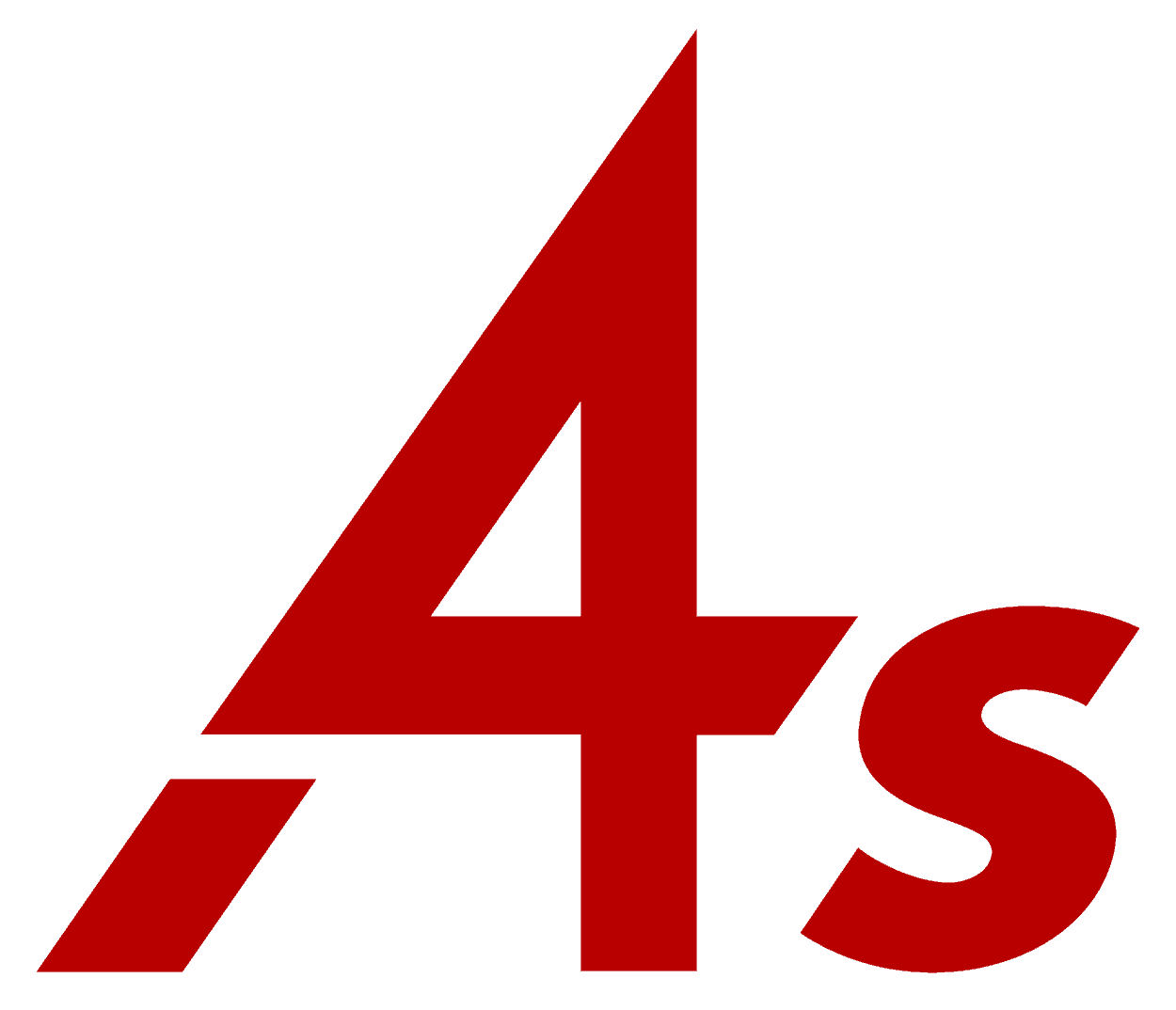Topic
- Government Relations
- Labor
- Legislation
- Privacy Law
- Regulations
- Sustainability
- Taxation
While politics is undoubtedly getting more and more unusual these days, dysfunction in Washington is not in short supply. Divided government has never really looked, well, more divided. To that end, we saw a multi-ballot marathon to elect Rep. Kevin McCarthy (R-CA.) as Speaker of the House earlier this year only to have him ousted by members of his own party for compromising with Democrats to avoid a federal government default on the U.S. debt. His 269-day speakership became the shortest in more than 140 years and ended on a policy decision that previously held unwavering GOP support for generations. Where were House democrats during all this you may ask? Metaphorically and unmetaphorically breaking out the popcorn and watching the chaos unfold.
Also nearly unprecedented was the three week paralysis on Capitol Hill in October as Republicans scrambled to elect a replacement House speaker. Little-known Rep. Mike Johnson (R-LA), a pro-Trump conservative, won the gavel, inheriting many of the same problems that have bedeviled Republican leaders with far more experience. What all this Congressional leadership chaos means for a looming government shutdown is still anyone’s guess. House Republicans don’t want another government shutdown, but Congress still has no plan to avoid one with just eight days left to go. Agencies servicing federal clients should be making their necessary contingency plans, as the possibility of a shutdown is once again, very real.
Fortunately, not all of government is reenacting Lord of the Flies. State governments and federal regulatory agencies haven’t decelerated their own agendas. President Biden’s Department of Labor issued a hefty, new proposed federal overtime rule that is expected to extend overtime rule protections to 3.6 million more workers by raising the new proposed minimum overtime salary threshold by 69 percent. We also saw a new federal rule banning the use of TikTok by federal contractors, impacting agencies who count federal agencies as their clients.
In the states, there have been ongoing pushes to enact state pay transparency laws, including the adoption of new laws in Illinois and Hawaii and new implementing regulations in New York State. Moreover, over the past six months, the number of comprehensive state privacy laws on the books has more than doubled to thirteen, while amendments to the early state privacy laws (such as in CT and CA) are already underway. State lawmakers are also expanding their sights on more tightly regulating the collection and use of consumer health data, bolstering protections for children’s privacy, and offering state-sponsored, one-click mechanisms for consumers to more easily delete their personal information housed with data brokers.
In this newsletter, the 4As Government Relations team brings you the latest updates on a full spectrum of policy areas relevant to agencies including labor, tax, climate change, and immigration. This issue goes deep on details of the 4As written comments the proposed federal overtime rule, a new federal AI deepfake bill that could impact advertisers, an operational update concerning refunds for the Maryland digital ad tax, new, sweeping climate change disclosure laws adopted in California, proposed changes the H-1B visa program the federal government is considering, and more.
The 4As government relations team is always primed to help our members to read the political tea leaves and untangle the ground swell of new state and federal policy initiatives impacting advertising operations. We engage in the important advocacy fights that will shape how agencies do businesses into 2023 and beyond.
4As Submits Comments on Proposed Federal Overtime Regulations
On November 7, the 4As submitted written comments to the Department of Labor’s (DOL) proposed federal overtime rule to emphasize the specific interests of agencies in preserving reasonable federal overtime regulations that provide maximum flexibility in structuring employee hours, career advancement opportunities for employees, and clarity for employers when classifying employees. The proposed rule has been long anticipated by agencies and the larger business community as it is expected to have a significant bearing on businesses’ labor costs for white-collar workers. Among other significant changes, the proposed rulemaking increases the minimum salary level at which white-collar workers are eligible for overtime pay.
4As comments focused on the significant operational and labor cost predictability challenges agencies can expect if the proposed overtime rule is adopted, particularly in light of the rule’s automatic, triennial updates to the minimum salary threshold. The comments address significant concerns including reducing access to professional development and career advancement opportunities for early career professionals and curtailing the remote workplace and schedule flexibilities workers have become accustomed to after the COVID-19 pandemic. Other highlights include the proposed rule’s potential impact on merit-based compensation and the significant, unaccounted-for wage compression impacts agencies will see between supervisors and their direct reports.
As part of its recommendations to the proposed rule, 4As urged DOL to incorporate several changes including 1) adopting a more reasonable minimum salary threshold number for overtime exemption, 2) incorporating a gradual, multi-year phase-in for the initial minimum salary threshold change in the rule, 3) abandoning the required triennial automatic updates provision, and 4) establishing a pro-rata adjustment for part-time workers, among others.
The 4As also signed onto regulatory comments filed by more than 244 national, state, and local organizations representing employers from a wide range of private industry and public, nonprofit and education sectors through the Partnership to Protect Workplace Opportunities (PPWO). Details on the PPWO comments can be found here.
To be exempt from overtime under the Fair Labor and Standard Act’s (FLSA) “white collar” executive, administrative, and professional exemptions, employees must be paid a salary of at least the threshold amount AND meet certain duties tests. If they are paid less or do not meet the tests, they must be paid 1.5 times their regular hourly rate for hours worked in excess of 40 in a workweek. Proposed revisions in the rulemaking include increasing the minimum salary threshold level to the 35th percentile of earnings by full-time salaried workers in the lowest-wage Census Region (currently the South). That’s above the 20th percentile in the current rule but less than the 40th percentile in the scuttled Obama-era policy. At the time of the rulemaking, the salary threshold would be raised to $55,068 from $35,568. Based on DOL’s projections, if the proposed rule is finalized in the first quarter of 2024—which would be an exceptionally quick process—the threshold could be as high as $60,209, a 69% increase from the current threshold. The new proposed rule also includes automatic increases to the overtime threshold every three years to reflect current earnings data.
Other notable changes in the rulemaking include an update to the highly compensated employee (HCE) total annual compensation threshold from $107,432 to $143,988 and a restoration of overtime protections for U.S. territories. The DOL did not propose any updates to the FLSA duties tests.
Labor policy experts expect that a final federal overtime rule will be released in early Q2 2024. A robust legal challenge is likely after the federal overtime rule is finalized, and a court-imposed legal injunction is possible; however, affected agencies should review and audit their workplaces and prepare for the proposed rule to possibly take effect, as enforcement begins only 60 days after a final rule is adopted.
Worth noting, many states have their own salary and duties tests for determining whether an employee is exempt from overtime under state rules, including a higher minimum salary threshold than the current federal level. The federal overtime rule threshold is used as the national floor. Details state minimum salary thresholds can be found here.
.
Senators Issue Bipartisan Discussion Bill Draft on AI Deepfakes and Federal Right to Publicity
On October 12, 2023, U.S. Senators Chris Coons (D-DE), Thom Tillis (R-NC), Marsha Blackburn (R-TN.), and Amy Klobuchar (D-MN.)—released a bipartisan discussion draft of the Nurture Originals, Foster Art, and Keep Entertainment Safe (dubbed the “NO FAKES”) Act that would protect all individuals’ voice, image, or visual likeness from unauthorized AI-generated digital replicas, AKA “deepfakes.”
The draft NO FAKES Act would prevent a person from producing or distributing an unauthorized AI-generated replica of an individual to perform in an audiovisual or sound recording without the consent of the individual being replicated. The person creating or sharing the unauthorized replication would be liable for the damages caused by the AI-generated fake. Exclusions are provided for the representation of an individual in works that are protected by the First Amendment, such as sports broadcasts, documentaries, biographical works, or for purposes of comment, criticism, or parody, among others.
Authorized deepfakes could allow advertisers to feature huge stars in ads without requiring them to actually appear on production sets and before cameras, bringing down talent costs and opening new creative opportunities. However, unauthorized deepfakes will create a legal gray area. Celebrities could struggle to control the growing use of unauthorized digital reproductions of themselves and the manipulation of their brand and reputation. Brands may face similar challenges regarding unauthorized deepfakes of their commercials or ads.
Worth noting, the federal government isn’t the only government entity exploring legislating deepfakes. In 2019, Virginia outlawed the use of deepfakes in so-called revenge porn, Texas outlawed them in political campaigns and California banned them in both. Last year, the U.S. National Defense Authorization Act instructed the Department of Homeland Security to produce annual reports on threats posed by the technology. No U.S. entities to date have enacted laws specifically addressing the use of deepfakes in commercials.
More information on the NO FAKES Act can be found here..
Maryland Comptroller Appears to Deny 2022 Digital Ad Tax Refund Claims in Mass
Digital advertisers’ frustrations over the legally dubious Maryland digital advertising tax are mounting.
Last month, numerous covered companies received notices from the Maryland Comptroller’s office denying their 2022 digital advertising gross revenue tax refund claims. These notices, dated on or around October 11, 2023 and sent via certified mail a few days after, argue that the taxpayers failed to demonstrate that the tax was overpaid, and regardless of whether a hearing was requested before a final determination by the Comptroller, direct taxpayers “must appeal in writing within 30 days of the date of this notice” to the Maryland Tax Court. Per these letters, Maryland is taking the position that taxpayers have 30 days from October 11, 2023 to file in Maryland Tax Court or businesses will lose their opportunity to obtain a refund.
Based on several notices reviewed by advertising tax counsel, the letters appear to be an across-the-board denial of refund claims by the MD Compliance Division. Given the 30-day statutory deadline, covered companies are encouraged to seek legal assistance navigating the procedural obstacles and preparing for Tax Court. The comptroller’s office is also raising procedural challenges to taxpayers’ ability to file in Tax Court. Understanding these procedural issues will be critical to preserving a company’s ability to obtain a refund.
While this tax is being litigated, covered entities should be doing the following:
- Taking an aggressive, consistent position on apportionment that limits tax liability as much as possible (despite confusing regs)
- Making estimated payments on quarterly basis (6/15, 9/15 and 12/15)
- Filing an annual return
- Filing protective refund claim ASAP to prevent limiting refund rights which expire after 3 years
Maryland’s digital advertising tax applies to gross revenue derived from digital advertising services; it has a rate escalating from 2.5 percent to 10 percent of the advertising platform’s assessable base based on their annual gross revenues from all sources (i.e., not just digital advertising, and not just in Maryland). Maryland’s digital advertising tax’s graduated rate applies to entities with more than $1 million in gross revenues from digital advertising services in Maryland AND $100 million in annual gross revenues. However, it is not a typical progressive tax, as the rate applies to all taxed activity, not just the marginal amount. The potential passthrough effects of state digital advertising taxes could mean a sizable reduction in demand for agencies’ digital advertising services.
Important for agencies, in 2021 the legislation’s lead Senate sponsor and President of the Maryland Senate, Bill Ferguson (D-46), clarified that he doesn’t believe that the tax would be levied against a company reselling ad space to a marketer client; instead, he explained that the legislative intention of the bill is to tax the digital company selling the original advertising space (i.e. Facebook, Google, etc.).
The latest status on the tax’s current legal proceedings can be found here.
California Enacts New, Far-Reaching Climate Change Disclosure Laws
On October 7, California Governor Gavin Newsom signed into law two climate disclosure bills that will impose significant reporting obligations on thousands of companies doing business in California. Together, the bills comprise what Democratic lawmakers are calling California’s “Climate Accountability Package”. SB 253, the Climate Corporate Data Accountability Act, will require companies to annually disclose Scope 1, Scope 2, and Scope 3 emissions. SB 261, Greenhouse Gases: Climate-Related Financial Risk, will require biennial disclosure of a company’s financial risk caused by climate change.
These two laws are the most prescriptive state or federal climate disclosure legislation in the United States to date, including the proposed climate disclosure rule being considered by the U.S. Securities and Exchange Commission (SEC). Whatever rule is released by the SEC will face significant litigation challenges.
While there are many implementation details yet to be decided before the initial 2026 reporting deadline, it is not too early for agencies and their clients to begin evaluating the requirements of SB 253 and 261 and planning for compliance. Climate reporting and audits may result in additional opportunities for agencies to consult on advertisers’ new sustainability initiatives.
SB 253
SB 253 applies to both private and public companies with total annual revenues exceeding $1 billion in the prior fiscal year “that does business in California”. SB 253 does not define “doing business in California,” but the state’s Franchise Tax Board defines the term as (1) engaging in any transaction in the state for financial gain or (2) having sales, real and tangible property, or payroll in California that exceeds certain (relatively low) thresholds.
Per the new law, starting in 2026 (covering calendar year 2025), covered businesses will be required to report Scope 1 (direct emissions) and Scope 2 (emissions associated with electricity consumption). In 2027 (covering calendar year 2026), businesses will be required to disclose Scope 3 (indirect, value chain emissions). Reports must conform to the Greenhouse Gas Protocol standards and guidance developed by the World Resources Institute and the World Business Council for Sustainable Development. For data and reporting assurance, a covered entity must also must retain an independent and experienced third-party provider on all of the reporting entity’s Scope 1, Scope 2, and Scope 3 emissions. The disclosures must also incorporate information on acquisitions, divestments, mergers, and other structural changes that can affect greenhouse gas emissions reporting.
To minimize reporting obligations and reduce duplicity of efforts, SB 253 allows a reporting entity to “submit to the emissions reporting organization reports prepared to meet other national and international reporting requirements, including any reports required by the federal government, as long as those reports satisfy all of the requirements of this section.” Companies that report emissions data under the EU’s Corporate Sustainability Reporting Directive (CSRD) or another authority, such as the SEC’s proposed climate disclosure rule, may be able to present the same report to satisfy SB 253’s requirements.
The bill authorized the California Air Resources Board (CARB) to contract with a qualified “emissions reporting organization” and to adopt regulations to require a reporting entity to submit the annual emissions report to that emissions reporting organization. Rules must be promulgated by January 1, 2025.
Companies must pay an annual fee to submit their carbon emissions disclosures. CARB may impose an annual fine of $500,000 on covered businesses that do not comply with AB 253.
SB 261
SB 261 requires U.S.-based partnerships, corporations, limited liability companies, and other entities with $500 million or more in annual revenues that do business in California to prepare biennial reports disclosing climate-related financial risk and measures they have adopted to reduce and adapt to that risk. The first report will be due by January 1, 2026 and must disclose (1) the company’s climate-related financial risk in accordance with the recommended framework of the Task Force on Climate-Related Financial Disclosures (“TFCD”) and (2) measures the company has taken to reduce and adapt to the climate-related financial risks disclosed in the report. Applicability will be determined based on the entity’s revenue for the prior fiscal year. Submissions will then be reviewed by the Climate-Related Risk Disclosure Advisory Group, which will identify inadequate reports, as well as propose additional policy changes and best practices for disclosure. More than 10,000 other companies are expected to fall within the purview of SB 261
The 4As anticipates other states to begin introducing similar laws (at least blue states), hopefully with harmonization of requirements in mind. The most likely target for changes in future state legislation would seem to be lowering the revenue threshold of applicability to increase the number of companies required to report or changes to or elimination of Scope 3 reporting.
Regulators in the European Union, United Kingdom and Hong Kong are also in the process of writing their own rules for what companies have to tell investors about climate change.
U.S. Senate Confirms New DOL Wage & Hour Division Administrator
In an October 25, 2023 vote along mostly partisan lines (51–46), the U.S. Senate confirmed Jessica Looman as administrator of the U.S. Department of Labor’s (DOL) Wage and Hour Division (WHD). Administrator Looman has essentially been unofficially leading WHD since the start of the Biden Administration, serving as the agency’s “principal deputy administrator” since early 2021. An effort late last year to have Looman confirmed through unanimous consent was unsuccessful.
Looman previously worked as the commissioner of the Minnesota Department of Commerce and executive director of the Minnesota State Building and Construction Trades Council, representing 70,000 union construction workers.
Her confirmation vote comes at a key time for the WHD. In late August, the Department of Labor proposed new regulations that would substantially increase the number of workers who would be eligible for overtime compensation. Administrator Looman will also undoubtedly play a large role in the finalization and implementation of WHD’s pending changes to its independent contractor classification rule under the Fair Labor Standards Act, among other issues. Both are proposed rules which are likely to impact agency labor costs. The 4As submitted written comments to both rules here and here, respectively. A final overtime rule is likely expected in Q1 or Q2 2024, whereas a final independent contractor rule could come in Q4 2023 or Q1 2024.
In March 2022, the U.S. Senate rejected Biden’s first choice to lead DOL’s Wage and Hour Division (WHD), Brandeis University professor David Weil.
Have questions about DOL leadership and the regulatory priorities of the agency? Please contact Amanda Anderson, 4As VP of Government Relations.
USCIS Proposes Changes to H-1B Visa Program
On October 23, 2023, U.S. Citizenship and Immigration Services (USCIS) announced a series of proposed changes to the H-1B visa program (NPRM) which are intended “to modernize and improve the efficiency of the H-1B program, add benefits and flexibilities, and improve integrity measures”. The H-1B visa program allows U.S. employers to temporarily employ foreign workers in occupations that typically require a bachelor’s or higher degree in a specific specialty, or its equivalent. Agencies employing H-1B workers should familiarize themselves with the proposed changes and begin making necessary operational changes and reviews of their visa sponsorship candidates for compliance.
More specifically, the more than 200-page proposed rule attempts to modernize the nonimmigrant category and tighten the annual lottery system that has long frustrated employers and employees alike. Among its other proposed changes, the rule would provide a more flexible definition of “specialty occupation,” address potential fraud issues by having USCIS select registrations by unique beneficiary, clarify when changes in the H-1B worker’s worksite require amended petitions, and provide for deference to prior USCIS determinations in order to provide greater certainty to visa holders and employers. The NPRM also proposes several measures to improve program integrity such as ensuring there is a bona fide job offer for a specialty occupation role, compliance with site visits, and third-party placement.
A more detailed review of the proposed changes can be found here.
Comments on the proposed rule are due Dec 22, 2023. Immigration legal experts expect that the proposed regulations will be finalized and implemented in the coming months.
USCIS said that more than one final rule may come out of this proposal, with the anti-fraud provisions related to the H-1B cap registration process likely to be issued before next year’s process begins in early 2024.
Please contact Alison Pepper, 4A‘s EVP of Government Relations & Sustainability for more information on the policy areas covered in this news bulletin or to get more involved in 4As advocacy efforts.




